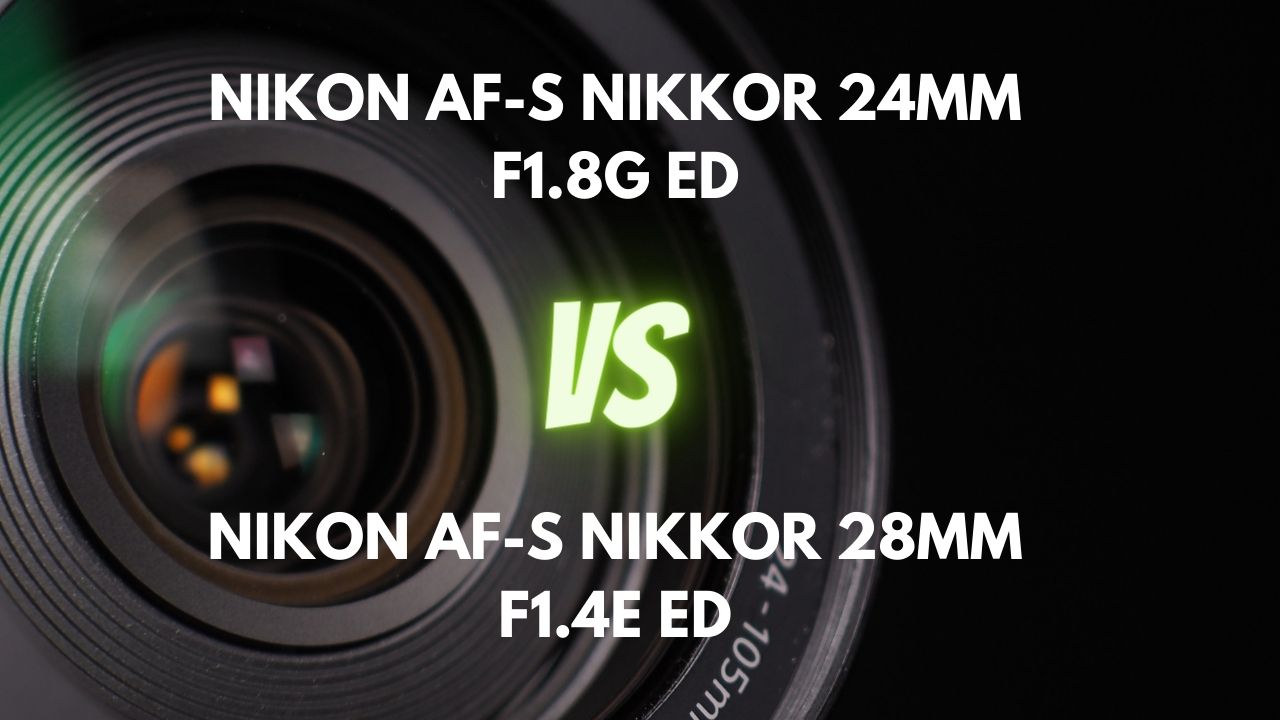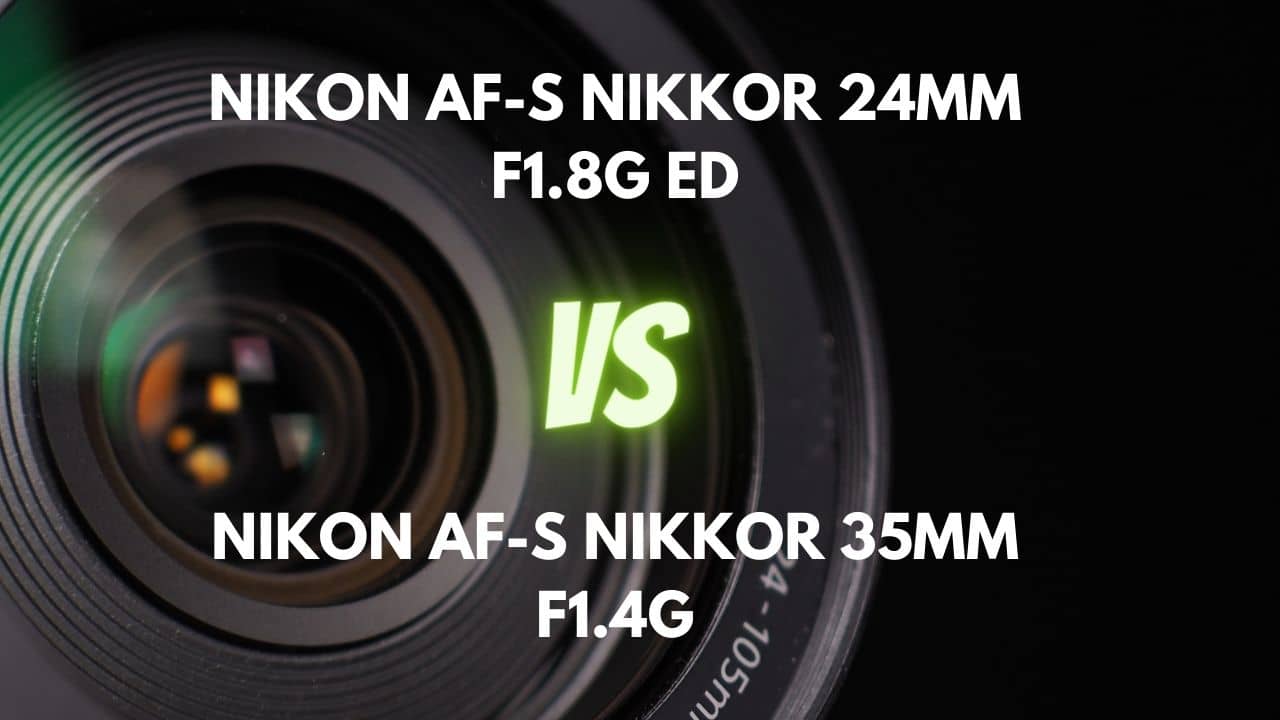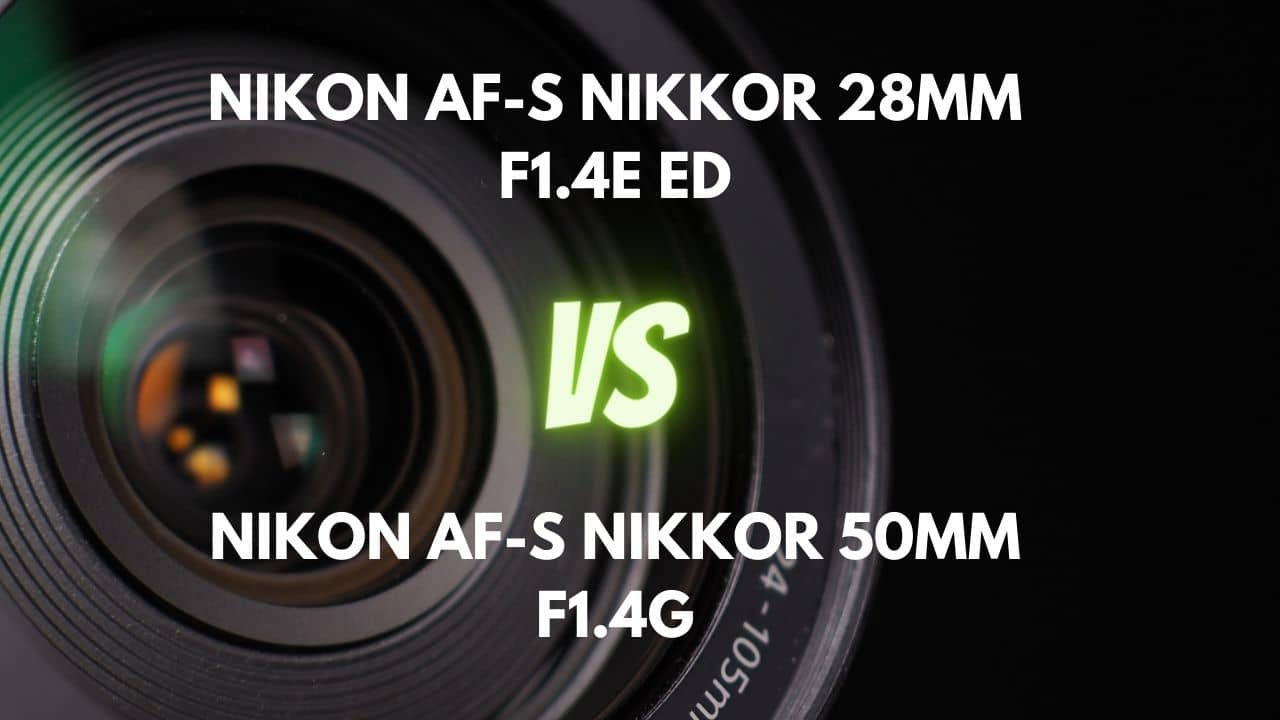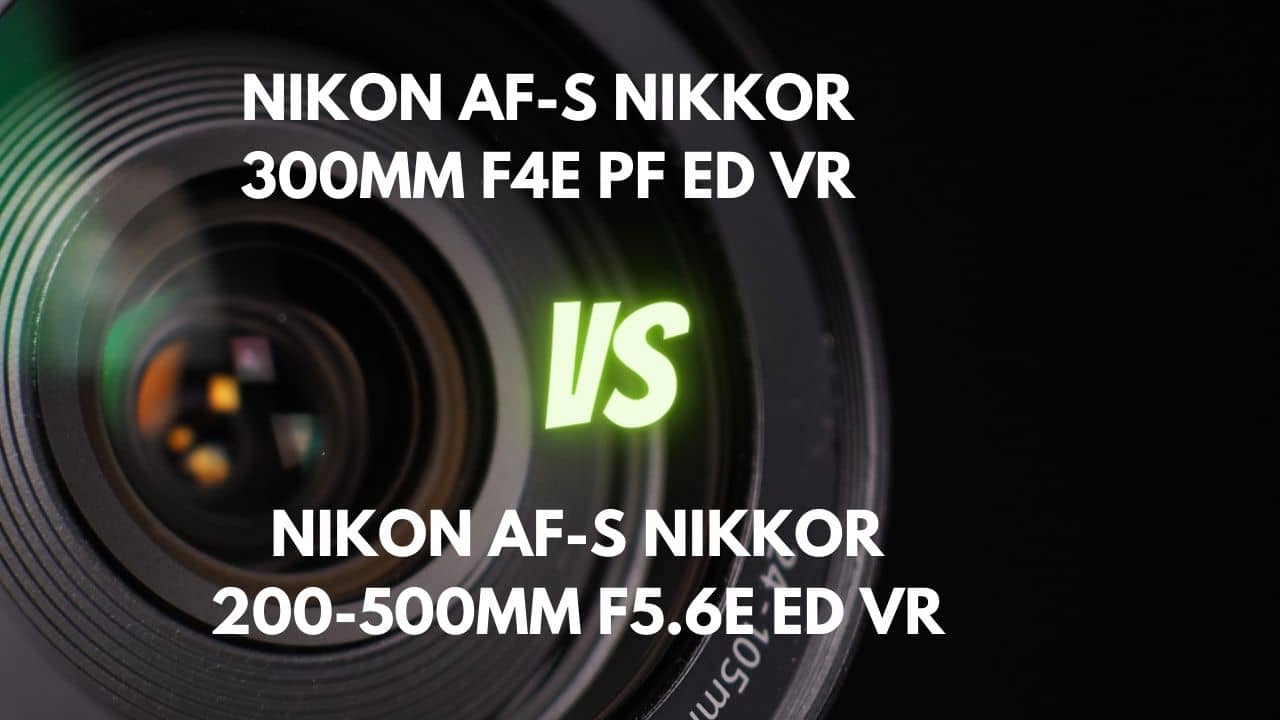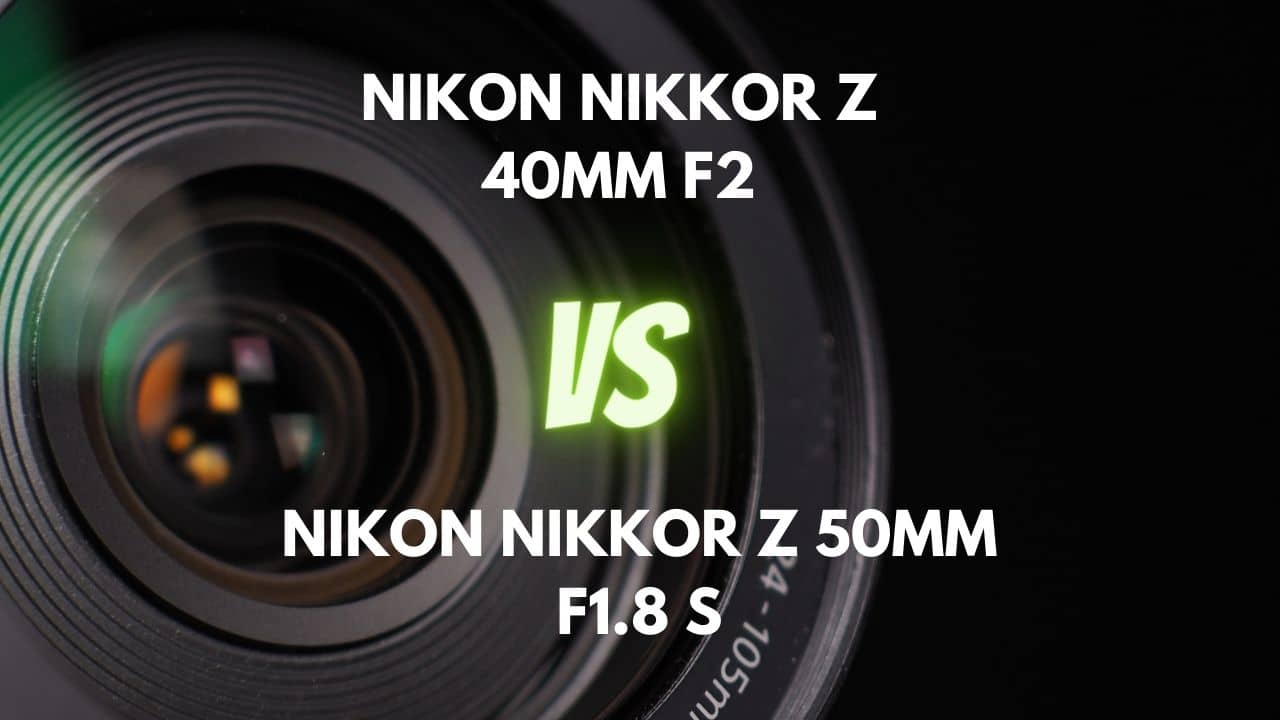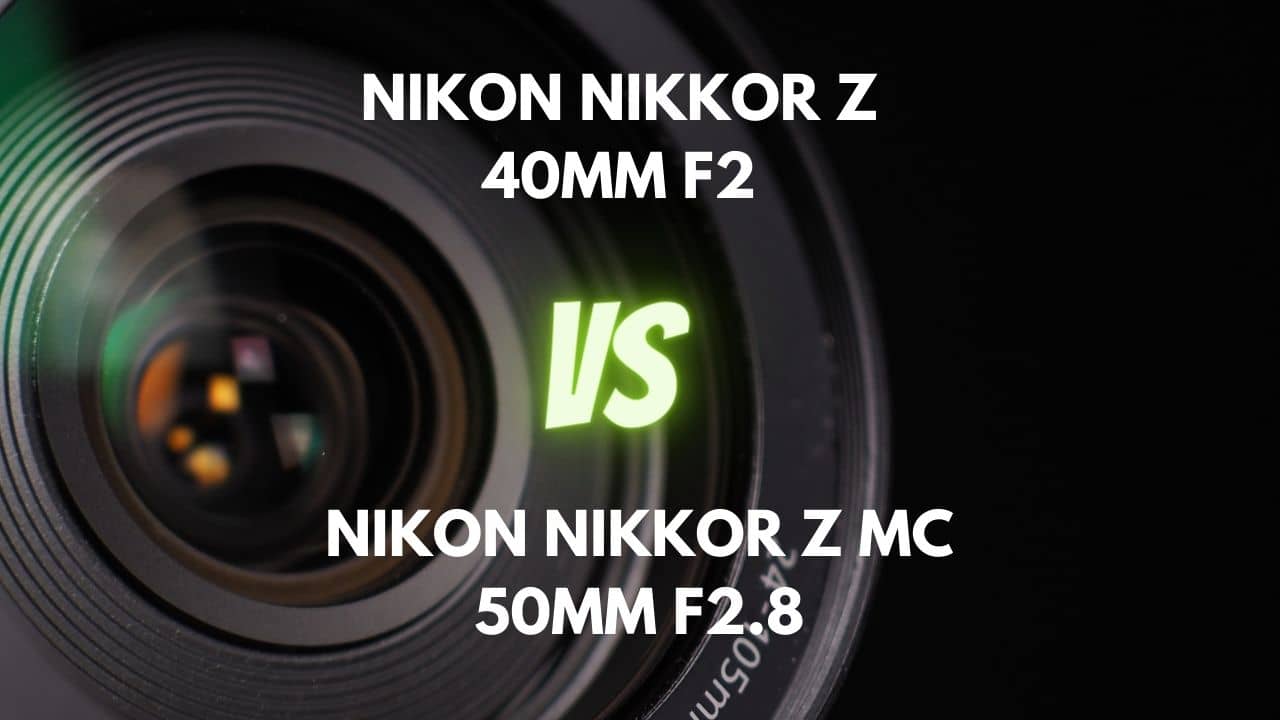Many people first come into contact with a kit lens when they enter the world of photography but may not know how to make the most out of it.
Understandably, some might see it as cheap and inferior, but this article aims to demystify the kit lens, showing people how to make the most of it.
We’ll explore why it’s worth keeping the kit lens around, and how to use it in the best way possible.
So keep reading to find out more!
What is a kit lens
A kit lens is a lens that comes bundled with a camera. They are great for beginners and budget-minded photographers because they are affordable, simple to use, and provide a good range of focal lengths, allowing users to get started without having to purchase separate lenses.
In the past, when DSLRs were the kings of photography, 18-55mm zoom lenses were the most common kit lenses, and full-frame cameras were rarely bundled with cheap lenses.
But with the rise of mirrorless cameras and photography becoming increasingly popular, kit lenses are becoming more accessible with better quality and a wider range of focal lengths, and are now being offered alongside more full-frame cameras. Some examples of bundles are:
- 18-45mm f/4.5-6.3 Lens & Canon EOS R10 Mirrorless Camera (APS-C)
- 18-150mm f/3.5-6.3 Lens & Canon EOS R7 Mirrorless Camera (APS-C)
- 24-105mm f/4-7.1 Lens & Canon EOS R6 Mark II Mirrorless Camera (Full-Frame)
- 16-50mm f/3.5-6.3 Lens & Nikon Z50 Mirrorless Camera (APS-C)
- 18-140mm f/3.5-5.6G Lens & Nikon D7500 DSLR Camera (APS-C)
- 24-200mm f/4-6.3 Lens & Nikon Z5 Mirrorless Camera (Full-Frame)
- 16-50mm f/3.5-5.6 Lens & Sony ZV-E10 Mirrorless Camera (APS-C)
- 28-70mm f/3.5-5.6 Lens & Sony a7 III Mirrorless Camera (Full-Frame)
Is kit lens good enough
I think a kit lens is good enough for beginners for the following reasons:
- A wide range of focal lengths for everyday use. As you can see from the above list of bundle examples, all kit lenses start with a wide-angle focal length which is used to capture more expansive scenes in photos or videos. They allow photographers to capture both near and far elements in a single frame. They are suitable for wide-angle photography genres such as landscape, architectural, and others. Additionally, many kit lenses offer a telephoto range of 70mm or more, allowing you to capture distant subjects in detail. They can be used for sports photography, wildlife photography, portrait photography, and more.
- Easy to get started with. Choosing a camera lens for a first-time photographer can be difficult. There are so many specs to consider, such as focal length, aperture size, and minimum focusing distance. It’s also hard to determine the lens based on the photography styles before having any shooting experience. Kit lenses come with a camera body, allowing you to get shooting straight away.
- A significant step stone for advanced photography. Kit lenses provide focal range so you can take photos from up close and far away, giving you the opportunity to experiment with different compositions. You can try different types of photography and find the one you like best.
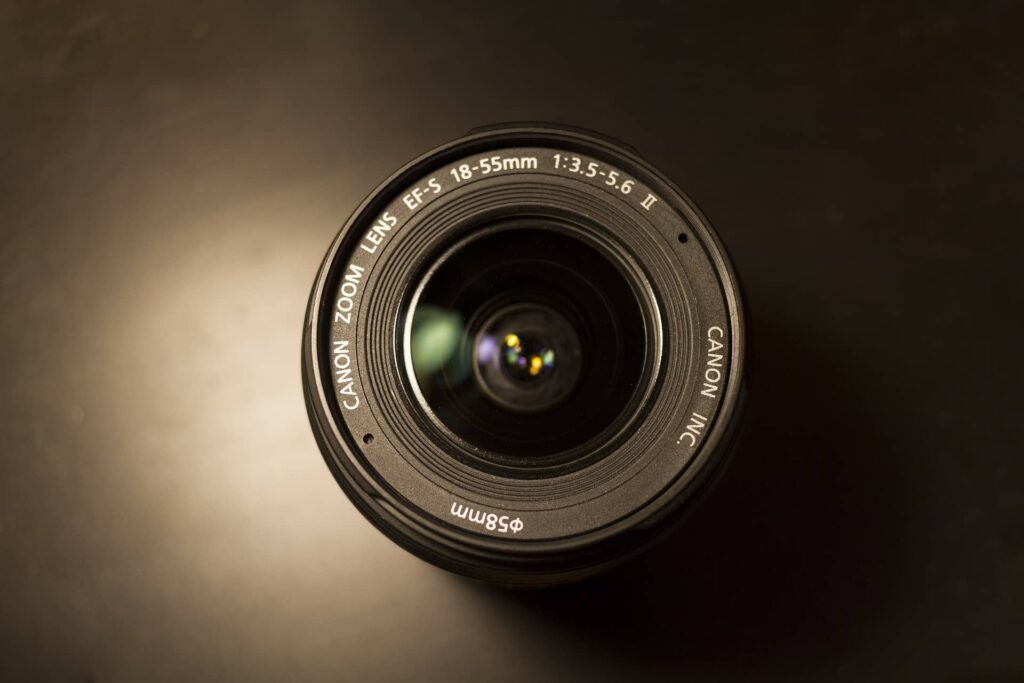
That being said, you may find them too little after reaching a certain level of photography.
- Not sharp enough. Kit lenses have complex internal lens structures, making them highly versatile for various needs. When light waves pass through groups of lens elements, they bend and spread out, causing some degree of image blur and distortions in colors. To save costs, zoom lenses don’t typically use the highest aspheric lenses, low dispersion lenses, or apochromatic lenses to maximize the elimination of these aberrations.
- No high-quality bokeh effect. Bokeh refers to the soft, beautiful blurry effect in a background in a photograph. You can achieve it using a wide aperture (f/2.8 or wider). But for most kit lenses, the maximum aperture is only f/3.5. And that’s at the shortest focal length. When you zoom out, the apertures will because more narrower.
- Not fast enough. Under the same ISO and lighting conditions, the larger the aperture, the faster the shutter speed. Because kit lenses don’t have large enough apertures, they can’t freeze motion effectively, especially in low-light conditions. So there’re limitations to sports photography, wildlife photography, night photography, and any other motion-involved photography.
- Only decent build quality. Most kit lenses are made out of plastic without weather sealing. They do not have a solid barrel to last long and protection from dust and moisture. You need to pay attention when shooting in challenging environments.
- Not the fastest and quietest autofocusing. Kit lenses typically have cheaper autofocus motors, so they can’t focus as quickly and quietly as more expensive lenses. The narrower aperture also limits the light coming into the lens, affecting focusing speed.
Despite any limitations the kit lenses have, it is still possible to take great photos. You can experiment with different angles and perspectives, look for interesting subjects, find unique ways of composition, and practice, practice, practice!
How to take great photos with a kit lens
Since we’ve known about the limitations of kit lenses, we can make the most out of them by working around all these limitations.
Maximize the focal length to get ahead
The extensive focal length range is the most outstanding advantage of a kit lens. For example, the 24-200mm f/4-6.3 lens has more than 8x superzoom capability. It covers the most important focal lengths every photographer should try: 24mm, 35mm, 50mm, 85mm, and 135mm.
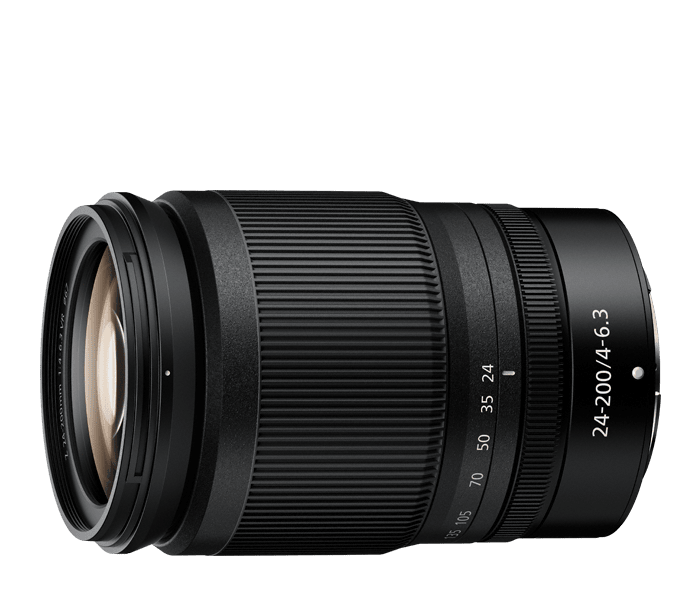
24mm is great for wide-angle shots and capturing expansive scenes such as landscapes and cityscapes. When shooting group photos, it’s also wide enough to include everyone in a single frame with minimal perspective distortion.
35mm produces an image with a realistic perspective and can be used in many settings. It is a popular choice among photojournalists and street photographers. It is also a perfect focal length for environmental portraits because it helps capture the subject in relation to their environment.
50mm is ideal for creating images with no distortion and a natural-looking perspective. It is also an excellent choice for many types of photography because it’s narrow enough to create balanced compositions without taking too much away from the context of the scene, but still wide enough to add interest and detail to your subject.
85mm is ideal for full-body shots, providing enough working distance between you and your subject. The slight distortion it creates also gives your subject a fluttering look. It is also perfect for candid shots at weddings or parties.
135mm focal length is great for headshots. It helps a lot with capturing details, delivering exceptional background separation thanks to its telephoto compression.
Shoot in Good Light Conditions
Kit lenses don’t have very wide aperture to receive ample light. They can’t perform very well in low-light situations. But you can always find a better place or use artificial light to shoot.
For example, instead of taking a portrait for your family members at home, you can bring them outdoors and even shoot without a tripod using bright natural light.
Taking your photography outdoors not only provides more light but also offers breathtaking natural backdrops. Whether you bring your camera to your garden, a nearby park, or the beach, you can capture stunning shots with beautiful scenery.
Even if you are shooting indoors, you can move your subject close to the window or find a room with a huge window. You can even open the front door to let the light come inside. Using a flash to create a fill light is also a great option.
When shooting outdoors at dusk, get creative and incorporate various light sources, such as a flashlight, your car’s headlights, street lamps, and more.
These tiny bursts of light will help your kit lens collect enough light to take a cleaner shot without boosting the ISO to compensate for the poor lighting.
Alternatively, put your camera on a tripod and slow the shutter speed down, giving the sensor more time to amass light. No matter your approach, you can be sure to get stunning results.

Achieve bokeh with creative techniques
Because of the limited aperture range, many photographers don’t realize they can achieve beautiful bokeh effects with their kit lenses.
But with the correct technique and settings, they can create stunning images with a shallow depth of field and a soft, dream-like background.
By pulling your subject away from the background, you can significantly improve the amount of blur you are able to achieve.
For example, in portrait photography, if you try to take a shot of someone up close against a wall, the wall won’t be blurred out, no matter how wide your aperture is set. To get the desired background blur, increase the distance between your subject and background.

Discover the ideal setting for your kit lens
When it comes to kit lenses, finding the sweet spot between maximum light intake and image sharpness is a trade-off.
The highest aperture, usually f/3.5, allows for more light to enter the camera but can result in slightly softer images than shooting at f/5.6 or f/8.
Every lens has an optimal setting, or “sweet spot,” which yields the sharpest results depending on the lens type. Typically, this lies in the range from f/8 to f/11.
Aperture settings outside this range cause the lens to produce less sharp images and distortion, vignetting, and other issues.
As a photographer, you must decide whether to sacrifice image sharpness to let more light enter the camera or if you are willing to sacrifice some light to achieve the sharpest possible image.
Generally, if you are hoping to get the most out of your kit lens, stick to the sweet spot range when possible.
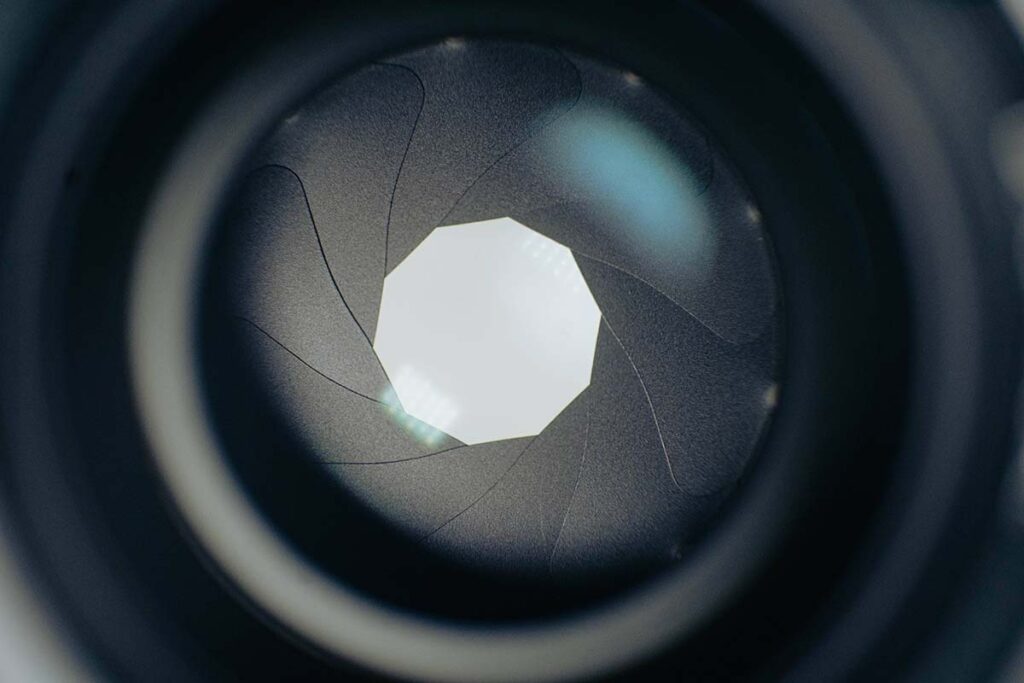
Use a tripod whenever possible
As a serious photographer, I always bring a tripod while taking photos. Low-light performance can be challenging for kit lenses, as they can be slow to autofocus and not deliver sharp images.
But by using a tripod, I can get crisp and clear images free from blur caused by camera shake.
Not only that, but a tripod also makes me think carefully about light and composition.
Having to move the tripod around for each shot means I have to take fewer shots, so I am assured the quality of my image will be higher.
On top of that, I find long-exposure photography incredibly fascinating with a tripod – it lets me capture images that the human eye can never see!
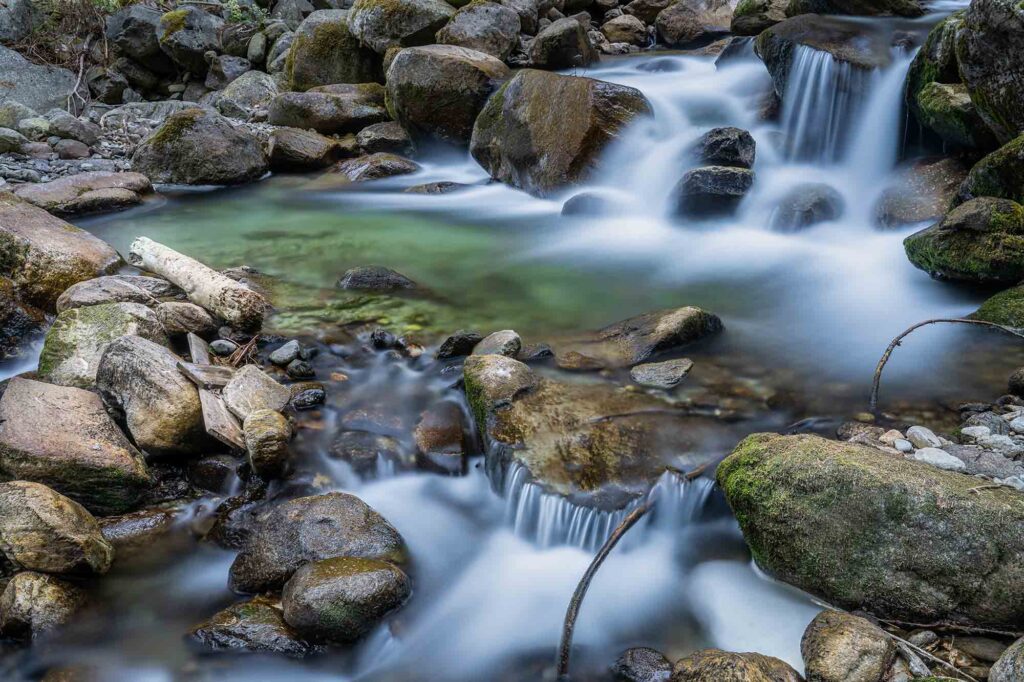
A tripod is a must-have for night photography or astrophotography. If you don’t already have one, I recommend investing in a good quality tripod.
FAQs about the kit lens
What is the difference between a kit lens and a normal lens?
A normal lens is a lens with a focal length between 35mm to 50mm that reproduces a field of view that appears “natural” to a human observer.
A kit lens is a standard lens that typically comes with a camera when purchased, offering a good starting point for photographers who may need experience with lenses or want to make a smaller investment in the beginning.
What is the difference between a kit lens and a prime lens?
A prime lens is a lens with a fixed focal length.
On the other hand, kit lenses are typically zoom lenses with variable apertures.
Prime lenses usually have a simple lens structure with less light distraction to ensure sharpness. They are great choices when you outgrow your kit lens.
Do kit lenses have image stabilization?
Yes, most kit lenses do come with image stabilization. It helps kit lenses perform better in low-light situations and reduce camera shake.
Summary
Ultimately, the kit lens is a great tool that can help you take your photography to the next level.
With the right technique and an understanding of its capabilities, it can be used to create impactful and beautiful shots.
Don’t be afraid to experiment and have fun with your kit lens – you might just surprise yourself with what it can do.

